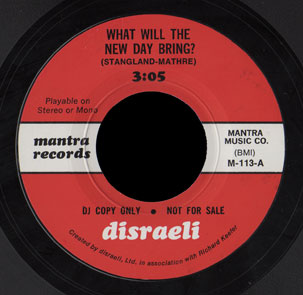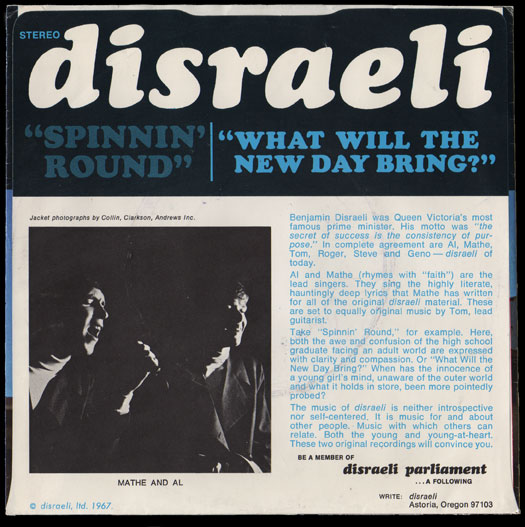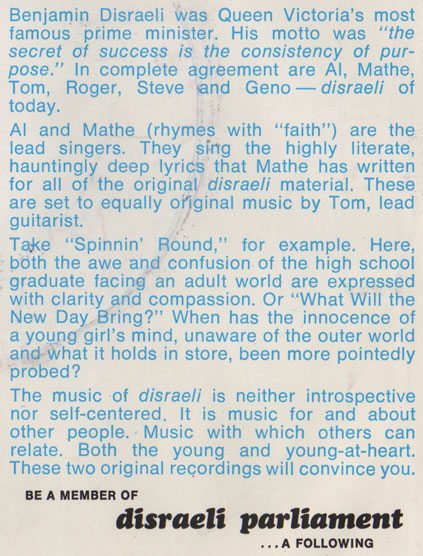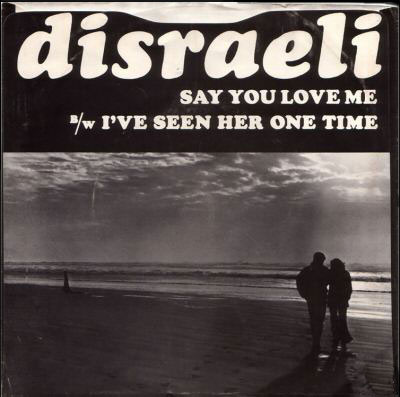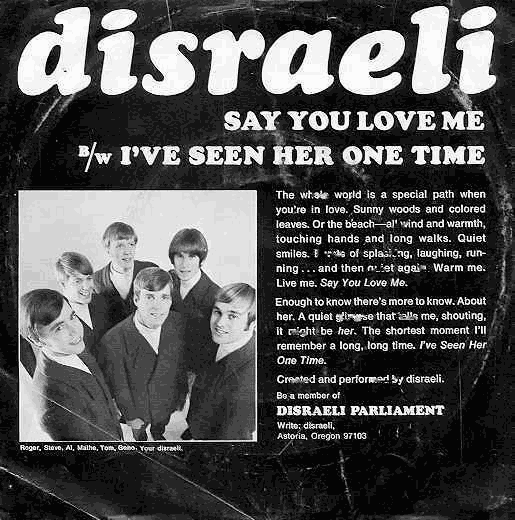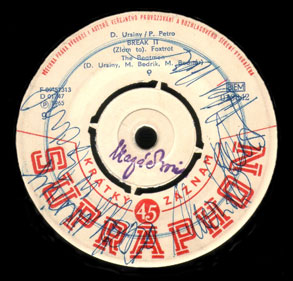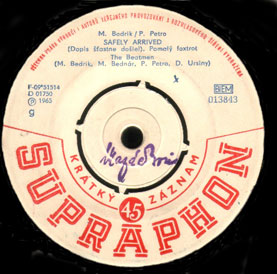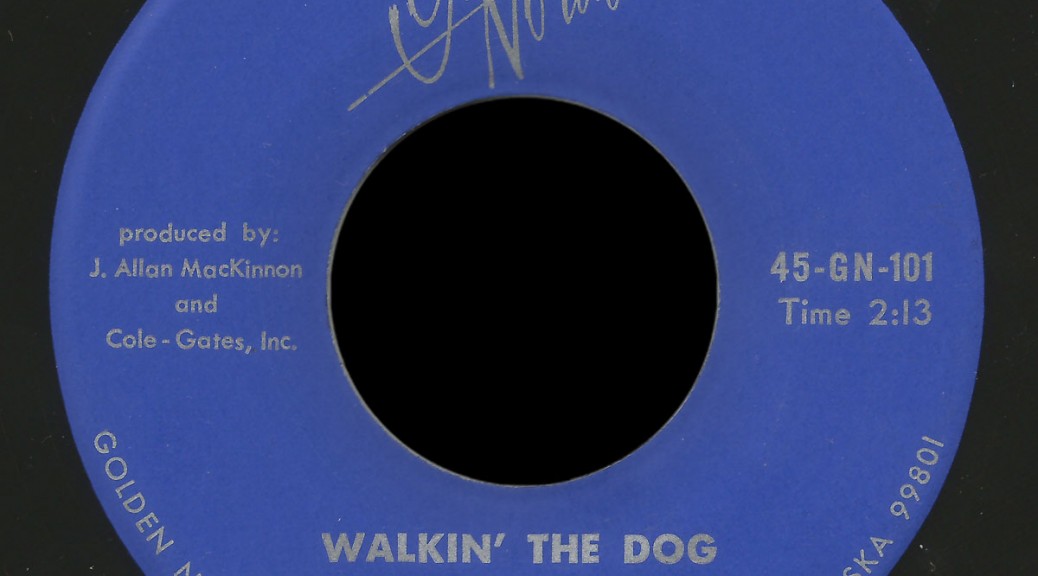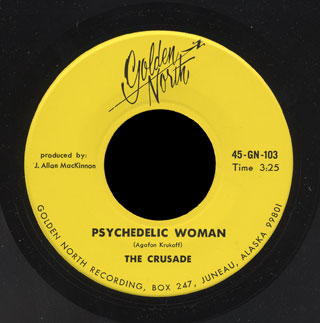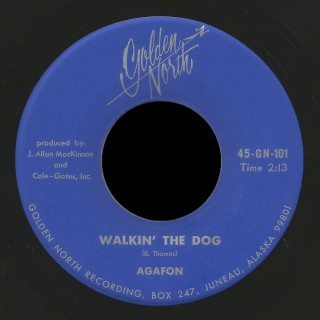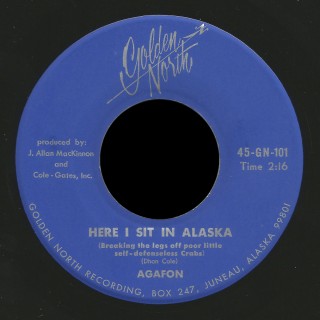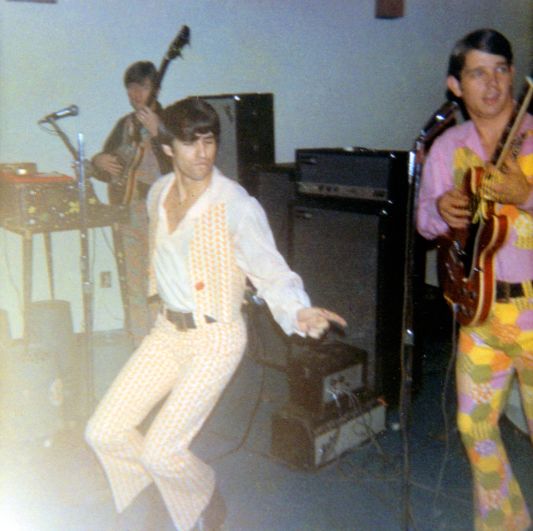
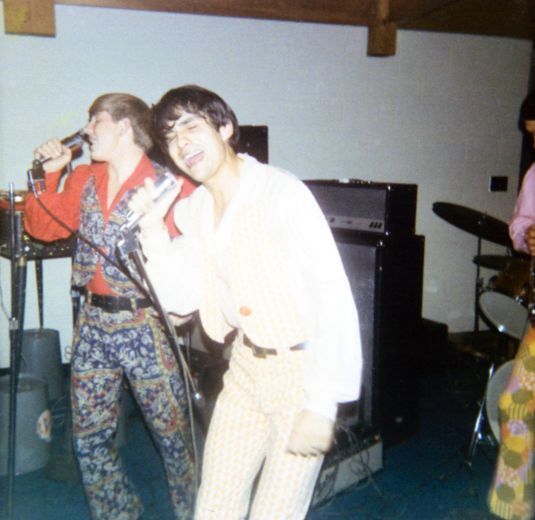
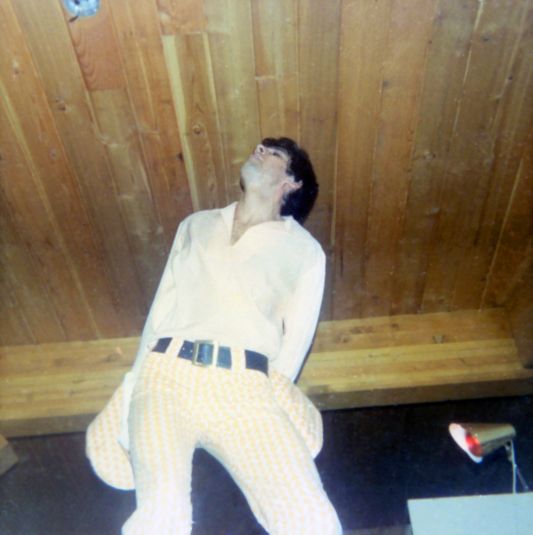
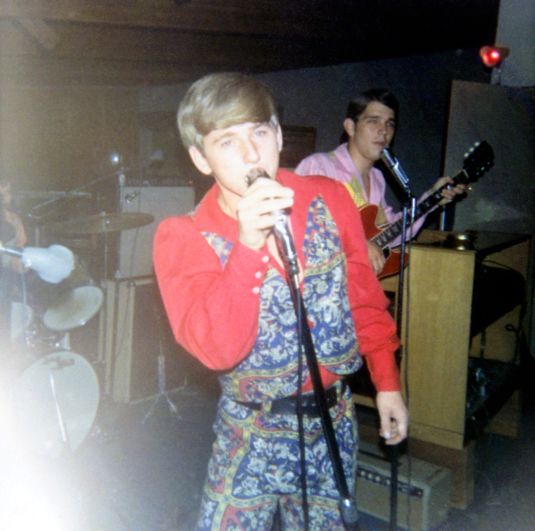
There were many bands named the Chosen Few but this one was from Muncie, Indiana. Some of them were students at Ball State, and were originally known as the Invincibles.
According to comments people have left below, original members of the group were:
Jack Hamilton – bass
Rich Burmann – guitar
Steve Baba (also known as Hodgie or Hadji Baba) – vocals
Steve Nephew – drums
John Cascella joined on keyboards in 1966, and the band changed their name to the Chosen Few in early ’67. Baba was their original lead singer, but Steve Nephew and Jack Hamilton also took turns on vocals. Carl Storie joined in late summer or fall of ’67, giving the band two lead vocalists and a boost to their stage presence. This combination was together for almost a year. At times Jack switched to piano or harpsichord while Hadji played bass.
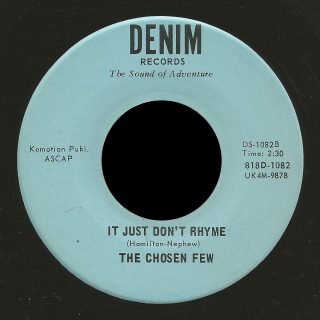 “It Just Don’t Rhyme”, released in May of ’67 is the first of four 45s they released on the Denim label, and the most rockin’. The guitarist’s snappy rhythm on the intro provides the hook as the singer tells the girl to get her head out of the clouds. Jack Hamilton handled the lead vocals on this song. The band liked it enough to record it a second time with fuller vocal tracks and heavier organ as the a-side of their third single, this time backed with a cover of “Lucille”.
“It Just Don’t Rhyme”, released in May of ’67 is the first of four 45s they released on the Denim label, and the most rockin’. The guitarist’s snappy rhythm on the intro provides the hook as the singer tells the girl to get her head out of the clouds. Jack Hamilton handled the lead vocals on this song. The band liked it enough to record it a second time with fuller vocal tracks and heavier organ as the a-side of their third single, this time backed with a cover of “Lucille”.
“Don’t Say It” has a different kind of sound, rooted in 50’s r&b, featuring good horn arrangements and a nice bass line. “Don’t Say It” was written by Jack Hamilton, “It Just Don’t Rhyme” had music by Hamilton and words by Steve Nephew.
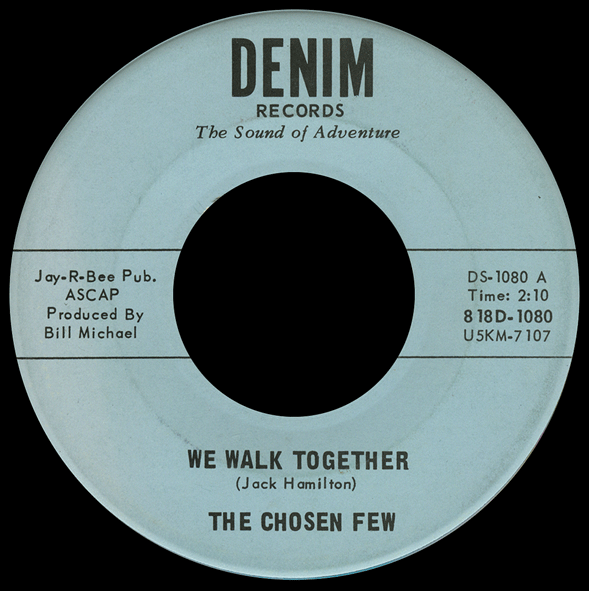 Their second 45 has the folk-rock sounds of “We Walk Together” (a Jack Hamilton composition) backed with the solid pop number “Foolin’ Around with Me” (co-written by Hamilton and Nephew). Production was by Bill Michael.
Their second 45 has the folk-rock sounds of “We Walk Together” (a Jack Hamilton composition) backed with the solid pop number “Foolin’ Around with Me” (co-written by Hamilton and Nephew). Production was by Bill Michael.
Sometime around late 1967 or 1968, Rich Burman and Steve Nephew left the band, and Dave Bennett (guitar) and Dave Barnes (drums) took their place. Hadji Baba left and joined the Ritual as their vocalist. The band’s later work is more pop based, as evidenced by their fourth and last Denim 45, “Pink Clouds and Lemonade”, backed by a cover of the Supremes hit, “Stop! In the Name of Love”.
 After leaving Denim, The Chosen Few released a 45 on the Talun label “Maybe the Rain Will Fall” / “Deeper In” which was picked up by RCA. The band signed to RCA for an album deal in 1969. Their self-titled LP continues the pop sound of their later 45s, adding horns to the mix, though some of the band was disappointed in how it turned out.
After leaving Denim, The Chosen Few released a 45 on the Talun label “Maybe the Rain Will Fall” / “Deeper In” which was picked up by RCA. The band signed to RCA for an album deal in 1969. Their self-titled LP continues the pop sound of their later 45s, adding horns to the mix, though some of the band was disappointed in how it turned out.
The Chosen Few evolved into the Faith Band, who released five LPs in the 70’s. By this time Jack Hamilton had left and was replaced on bass by Mark Cawley, leaving John Cascella as the only member who had been with the original Chosen Few in ’67. John Cascella went on to join John Mellencamp’s group until he passed away in 1992. Carl Storie is still active in music with his own group.
Thanks to Ann Likes and Gary for sending in the great photos of the group.
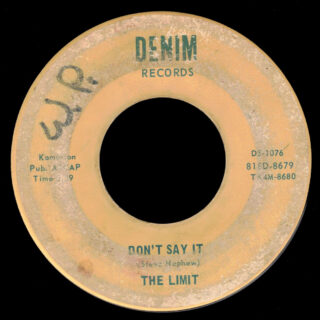
Updates: I am very sorry to report that Jack Hamilton passed away on September 26, 2021, after a brief illness. His obituary is online at Legacy.
Timothy Cox of 60’s Indiana Band Szene sent me this label scan of an early single from the Limit on Denim Records DS-1076, that predates the Chosen Few 45s. Did the group play live as The Limit, and are there any photos of this lineup?

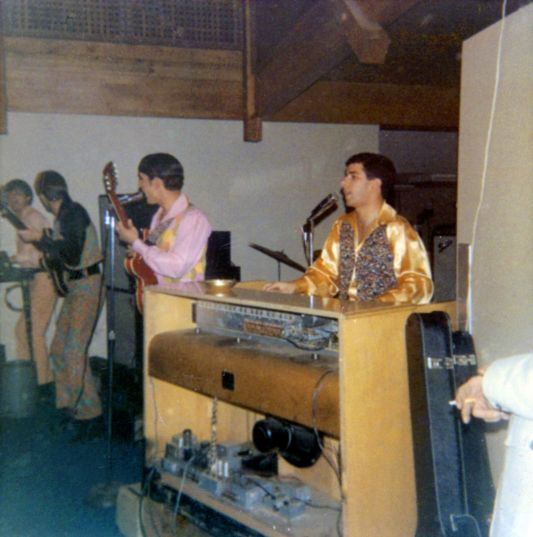
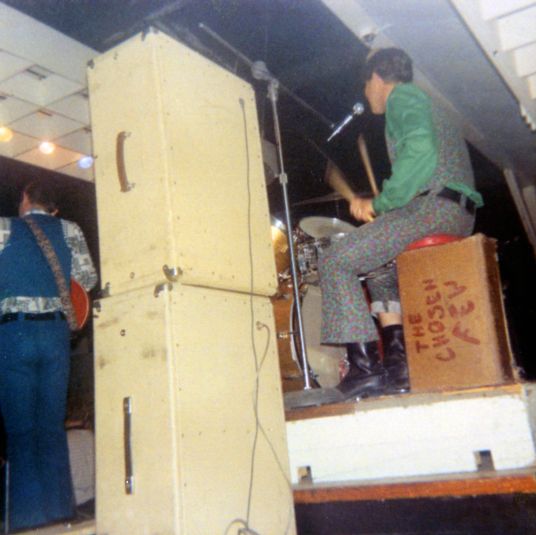
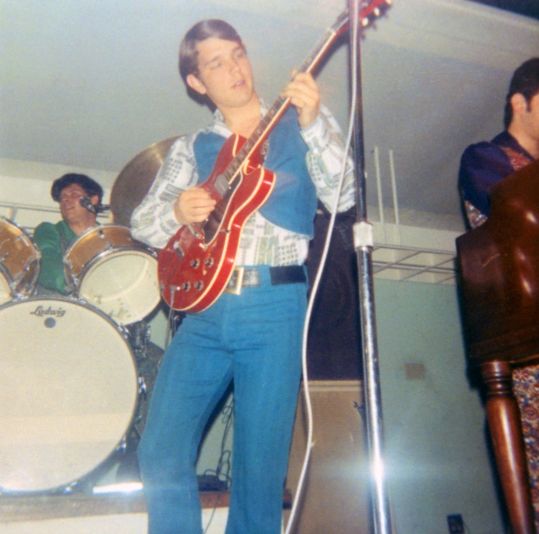
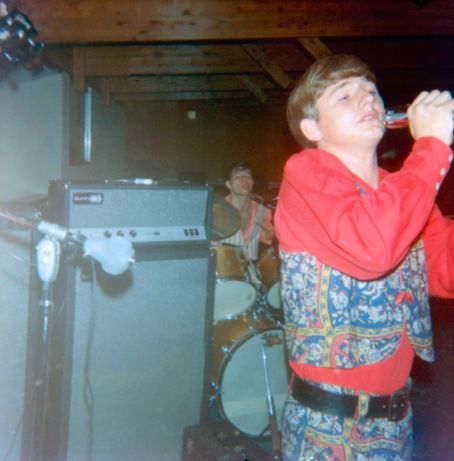

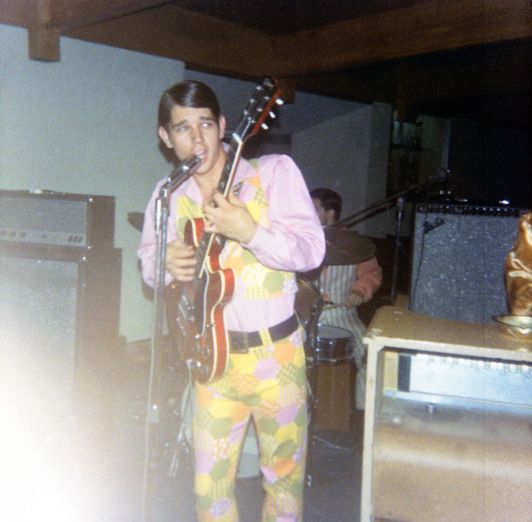
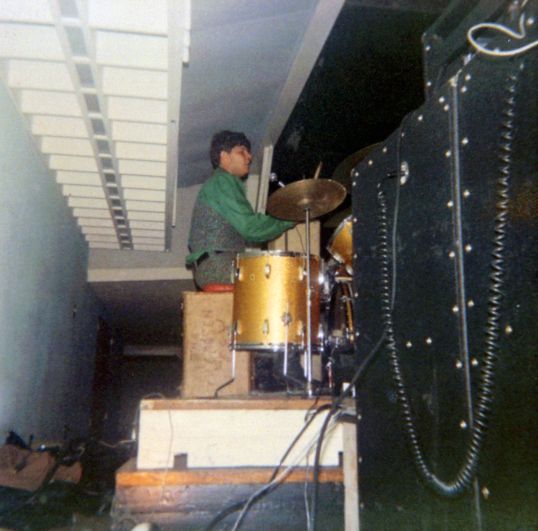
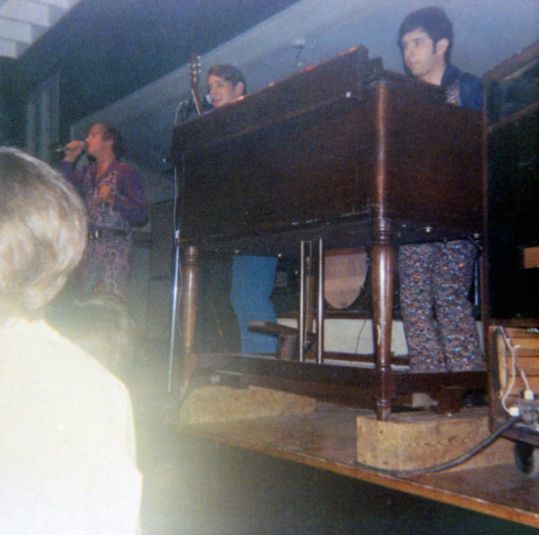

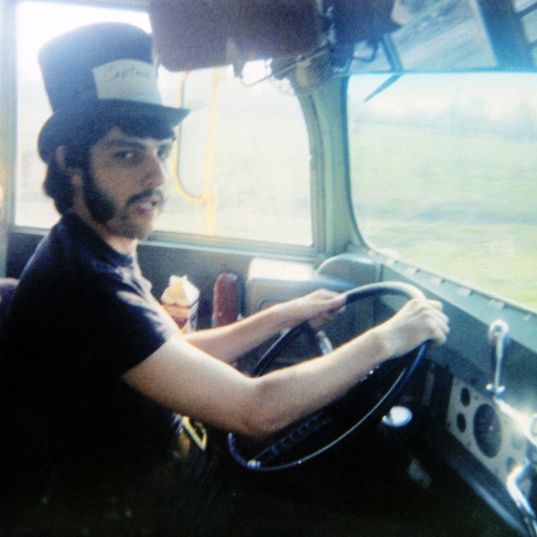
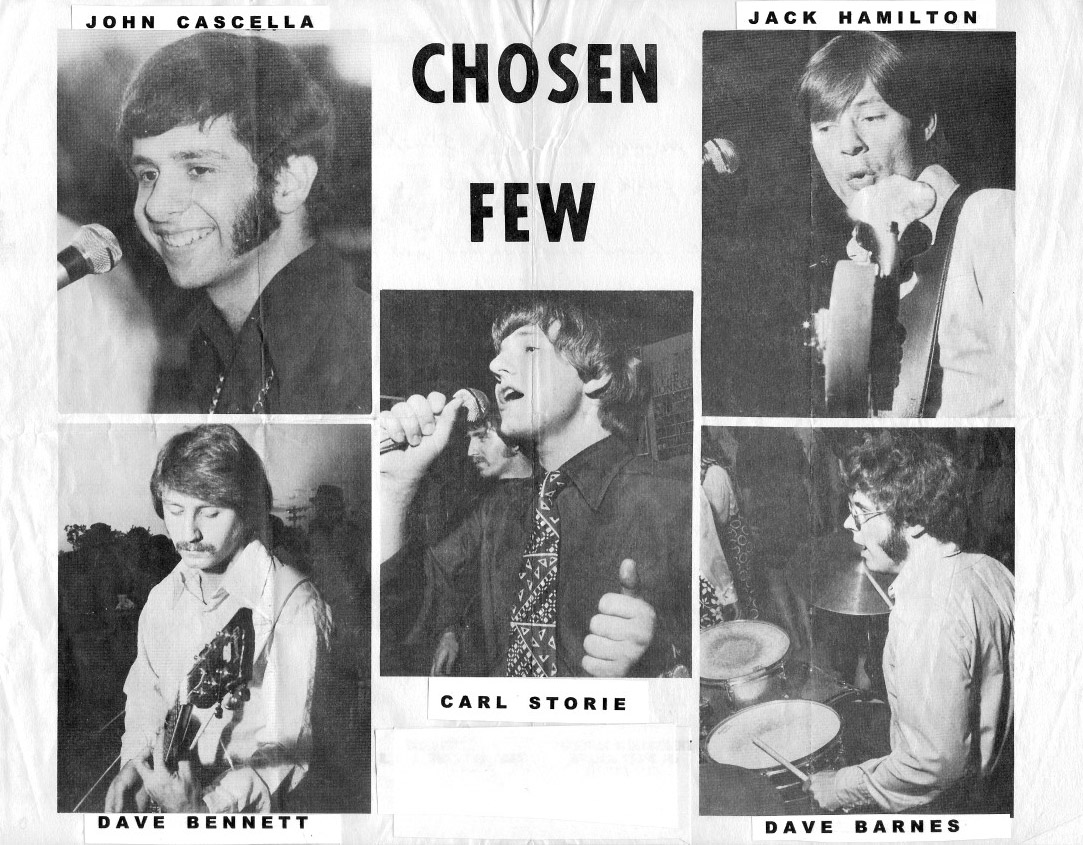

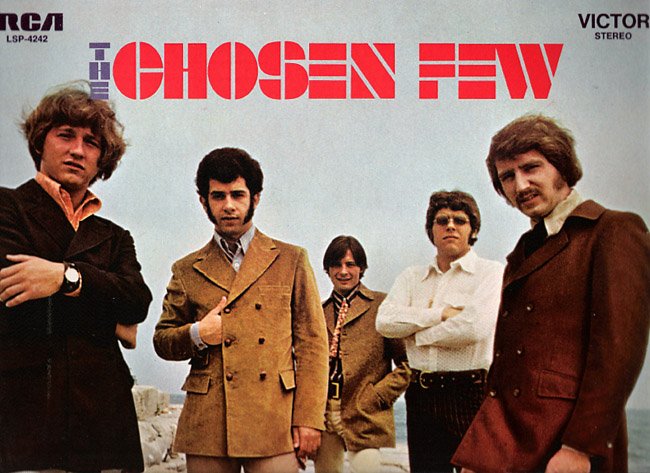
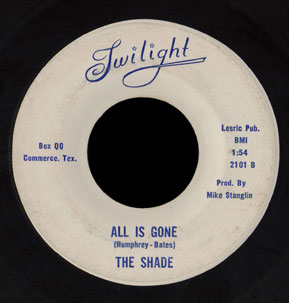

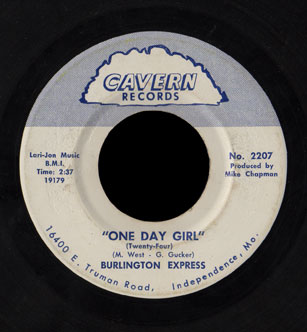
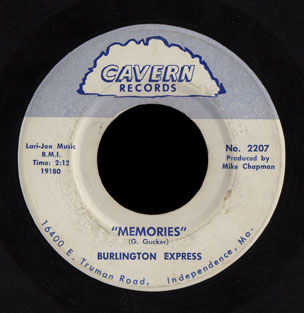
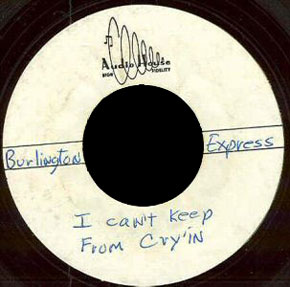
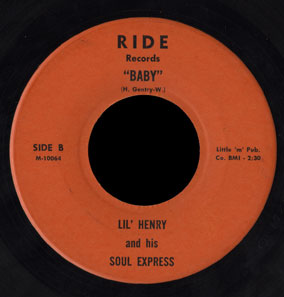

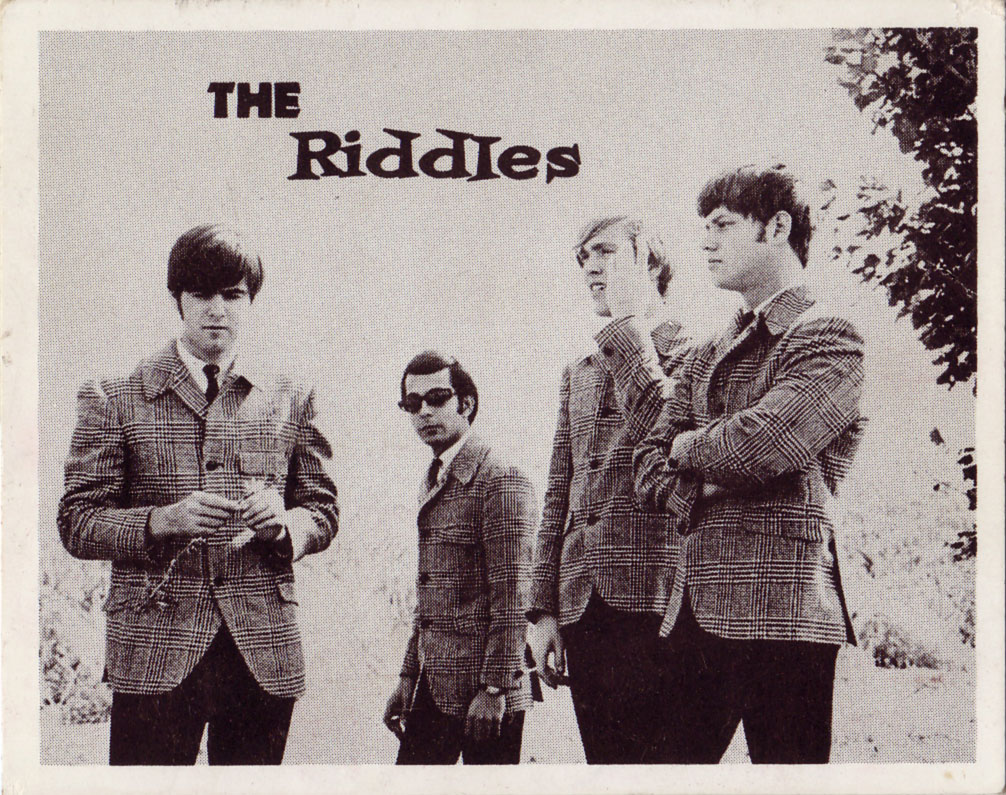
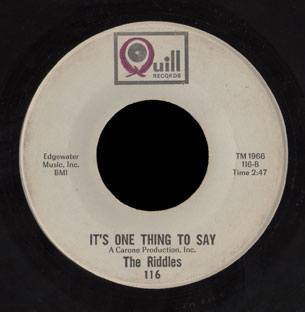
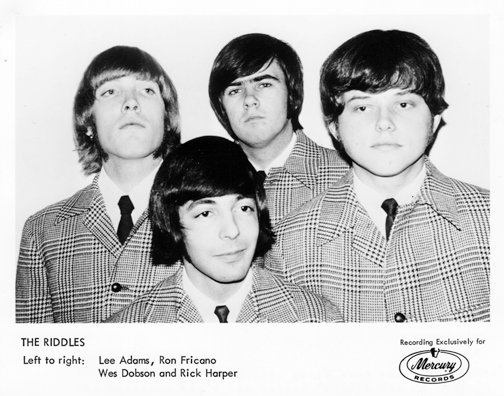
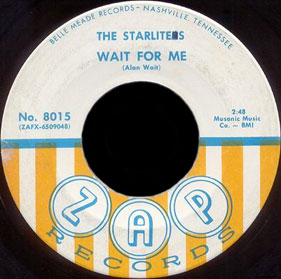
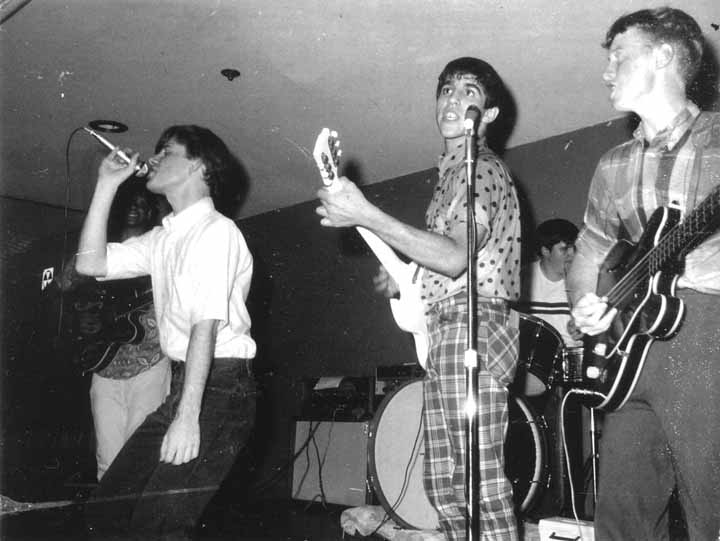
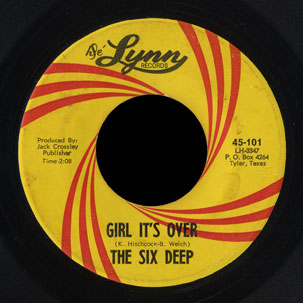
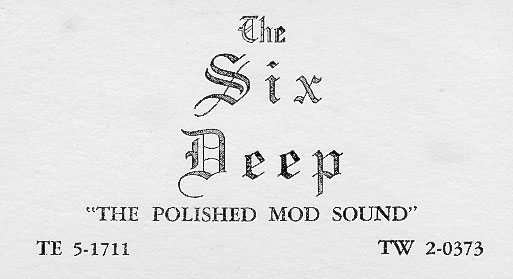
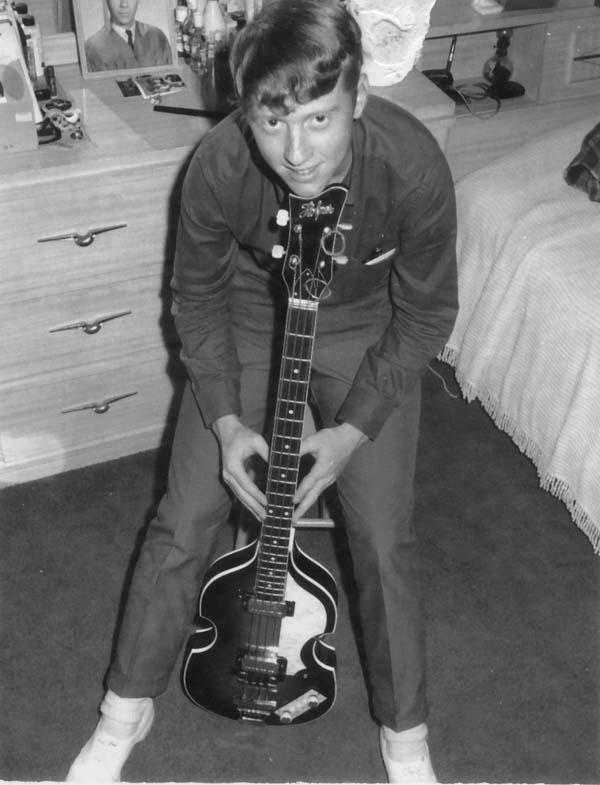
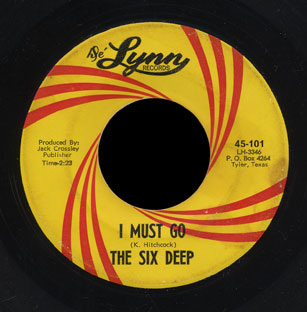
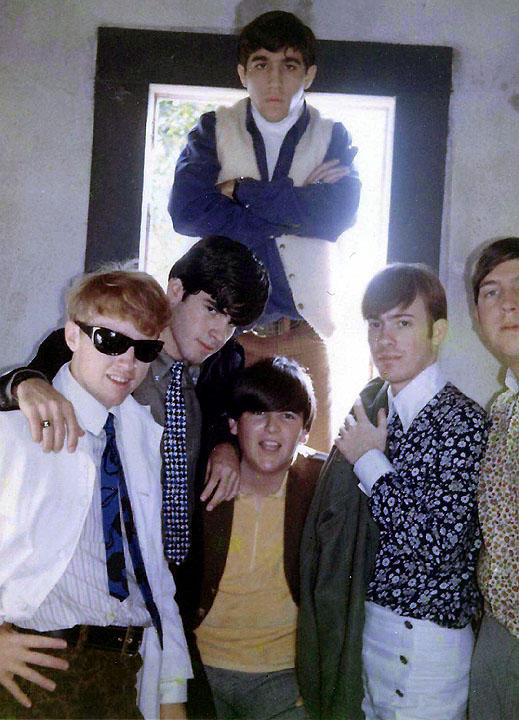
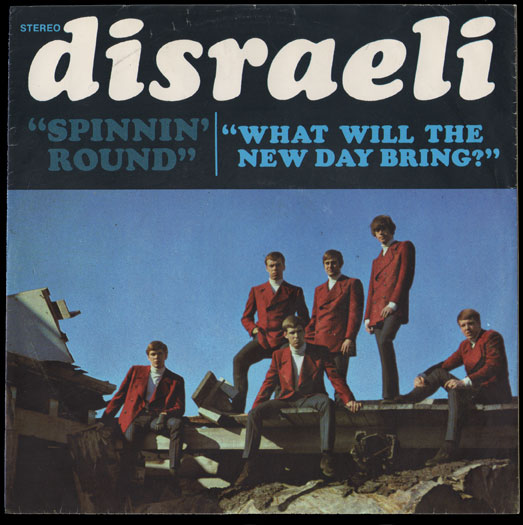
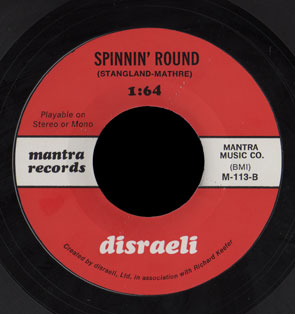 disraeli (spelled with a lower case d) self-produced four 45s from 1967-70, finding an original sound that was both accessible and psychedelic.
disraeli (spelled with a lower case d) self-produced four 45s from 1967-70, finding an original sound that was both accessible and psychedelic.